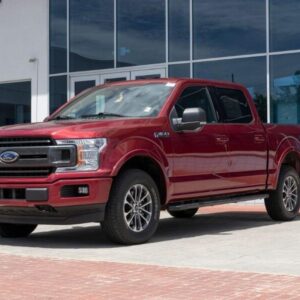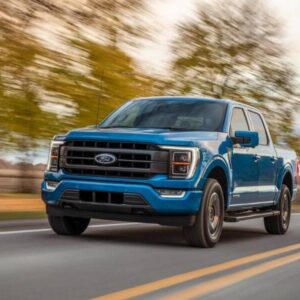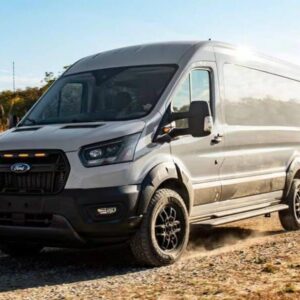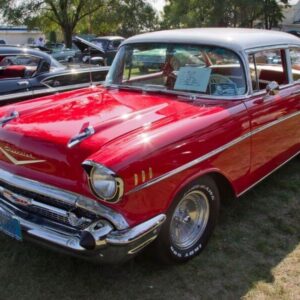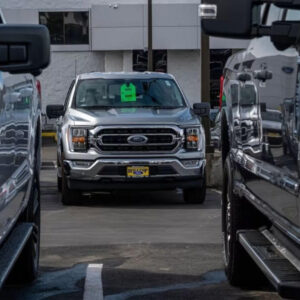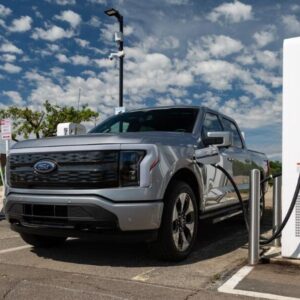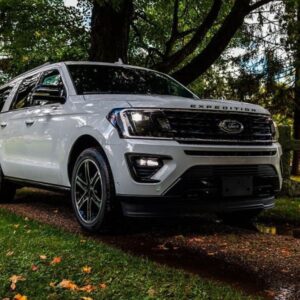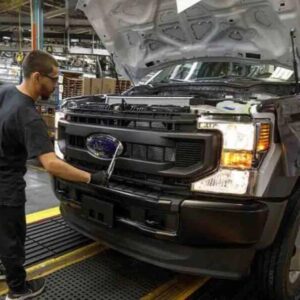Why did Ford stop making cars? Recently, Ford Motor Company, one of the most iconic automakers in the world, has undergone a significant shift in its production strategy. The company, which is known for its legendary lineup of cars, has reduced its focus on car manufacturing and shifted toward trucks, SUVs, and electric vehicles (EVs). This strategic move has raised eyebrows and sparked discussions about the reasons behind Ford’s decision to stop making cars. In this article, we delve into the key factors that led Ford to transform its product portfolio and adapt to the changing automotive landscape.
Why did Ford stop making cars?
One of the primary drivers behind Ford’s decision to reduce car production is the evolving consumer preferences in the automotive market. Over the past decade, there has been a noticeable shift in consumer demand toward larger vehicles such as SUVs and trucks.
This shift can be attributed to several factors. First, customers now place increased importance on fuel efficiency, and technological advancements have made it possible for SUVs and trucks to achieve better mileage. Second, the improved safety features in larger vehicles have also attracted customers, especially those with families.
Additionally, the versatility that SUVs and trucks offer has made them popular among outdoor enthusiasts and individuals seeking more space for their belongings. As a result, Ford recognized the need to align its production strategy with consumer preferences to remain competitive in the market.

When did Ford stop selling sedans?
In 2018, Ford announced that it would wind down both the production and sales of passenger cars in the U.S. At the time, Ford said it would stop doing so in favor of its money makers: trucks, SUVs, and crossovers. Come 2020, Ford explained that 90% of its North American sales would consist of larger vehicles that offered lower fuel economy.
After Ford’s announcement that it would no longer sell sedans in the U.S., the automaker axed well-known passenger models like the Fiesta, Fusion, and the Ford Taurus. Today, the only remaining sedan-esque vehicle among Ford’s lineup is the Mustang, which is hardly a sedan at all.
Why did Ford stop selling sedans?
When Ford first broke the news in 2018, the automaker explained that the decision came down to numbers. Former Ford CEO Jim Hackett told analysts during a call regarding the news that Ford was “going to feed the healthy parts of our business, and deal decisively with the parts that destroy value.”
For Ford, dealing decisively meant forgoing sedans in the U.S. altogether. Kumar Galhotra, President of Ford North America and VP of Ford Motor Company, shared with Ford Authority executive editor, Alex Luft, that “the sedan segment itself has been in decline for a very long time, and that decline has been accelerating over the last few years.”
Galhotra continued, “Our industry is very resource-intensive – we have to create a particular product, and the factory to build it, and all the tooling and our suppliers – that can run into billions of dollars. The question then became, in that environment, of a finite amount of capital, where do we want to invest that capital? Do we want to invest it in a declining segment, or do we want to invest it in a growing segment?”
With that, Ford decided to invest in its lineup of trucks and SUVs. Galhotra told Ford Authority, “So made the decision to invest in a growing segment, like the Bronco, like the Mach-E, like Bronco Sport, so we have a lot more product coming that will more than offset the loss of sedans.”
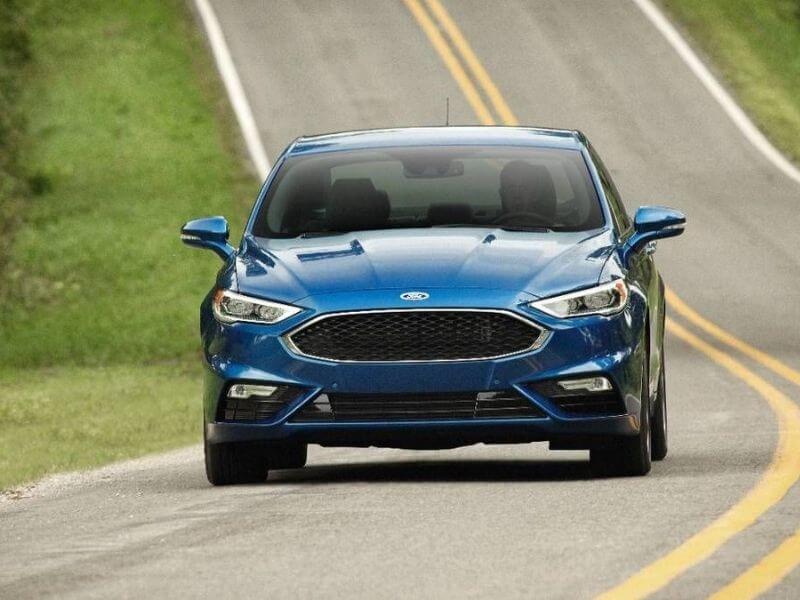
Ford’s lineup of rugged trucks and spacious family haulers
What does Ford’s lineup look like now? Just as the automaker promised, it’s packed with trucks and SUVs. From the iconic Ford F-150 to the large and in charge Ford Expedition, Ford really did deliver.
Perhaps, though, the most exciting non-sedan addition is the 2021 Ford Bronco. Discontinued way back when in the late ’90s, the Ford Bronco will be returning to dealerships for the 2021 model year.
Of course, the Ford Bronco isn’t the only recent addition to the Ford lineup. Nixed from the lineup in 2011, the Ford Ranger has since made its return and is a J.D. Power Quality Award Winner.
And if your heart is set on a Ford sedan?
In the end, Ford’s gamble paid off. And while that might sound like bad news for sedan lovers, there are other options available. Whether you opt to buy used or decide to try something new, say a new Ford SUV, today’s auto market offers no shortage of cars, trucks, and SUVs to choose from.
Why Was Ford Fusion Discontinued?
Ford Fusion had a good reputation, but it didn’t translate into sales, and the sales staggered year after year; in 2019, it only sold 110,665 units which was even lower than the Fusion units sold in its debut year. Ford announced in 2020 that it wanted to focus its budget on the more popular SUVs that were new in the market, such as the Explorer and the rough and tough Bronco. The brand stopped production of all its sedans, which deprived people of the other two flagship models, the Ford Fiesta and the Ford Focus. Ford tried to fire up the sales with a diesel engine but failed.
The dwindling sales were the main reason Ford discontinued the Ford Fusion. One of the main reasons behind the Ford Fusion never taking off the shelves was the high price points offered by Ford. Yet another reason was that Ford offered a plain-looking vehicle for the price range.
The History Of The Ford Fusion
The Ford Fusion was a pioneer of sorts and marked the beginning of a new era for the brand. Released in 2005, it was the first vehicle to feature the new three-bar grille design. The vehicle came in two variants, one sported a 160 horsepower four-cylinder engine, and the other had a 221 horsepower V-6 engine.
The first three years of the Ford Fusion welcomed various improvements such as the All-Wheel-Drive (AWD), DVD Navigation feature, and the monitoring system for tire pressure, placing it ahead of the competition in many aspects. However, the car didn’t do too well with customers.
In 2009, Ford released the Ford Fusion Hybrid with a 156 horsepower four-cylinder engine, providing a better mileage of 39 miles per gallon. It was a vast improvement from the 2006 model, which gave an output of only 24 miles per gallon. The 2009 Fusion Sport could have been more efficient in fuel economy, but it packed a 263 horsepower V-6 engine and could impress those customers who liked speed.
In 2012, Ford released the model’s second generation, better loaded with features and sporting newer trim levels. Ford added the Ford Fusion Energi to the mix, with a plug-in battery and an electric range of 20 miles. By 2020, the Ford Fusion Energi underwent a lot of changes, and along with providing a fuel economy of 42 miles per gallon, the overall mileage increased to 26 miles.
Ford added some features to the vehicle that made it stand out in the crowd, such as the inclusion of some of its cutting-edge technology in this long-standing model. Only a few cars featured adaptive cruise control, blind-spot monitors, pre-collision braking, and rear cross-traffic alert.
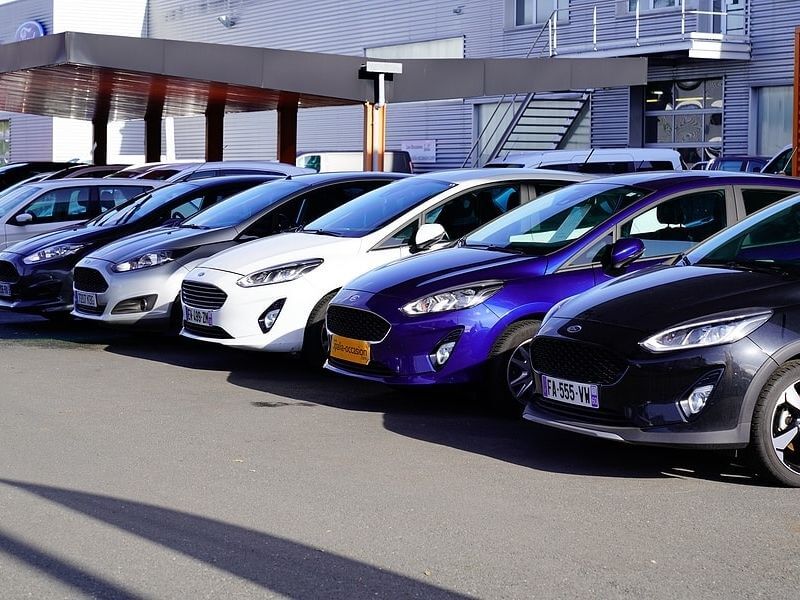
Above is information about Why did Ford stop making cars? What is this Ford about? that we have compiled. Hopefully, through the above content, you have a more detailed understanding of Ford stop making cars. Thank you for reading our post.
